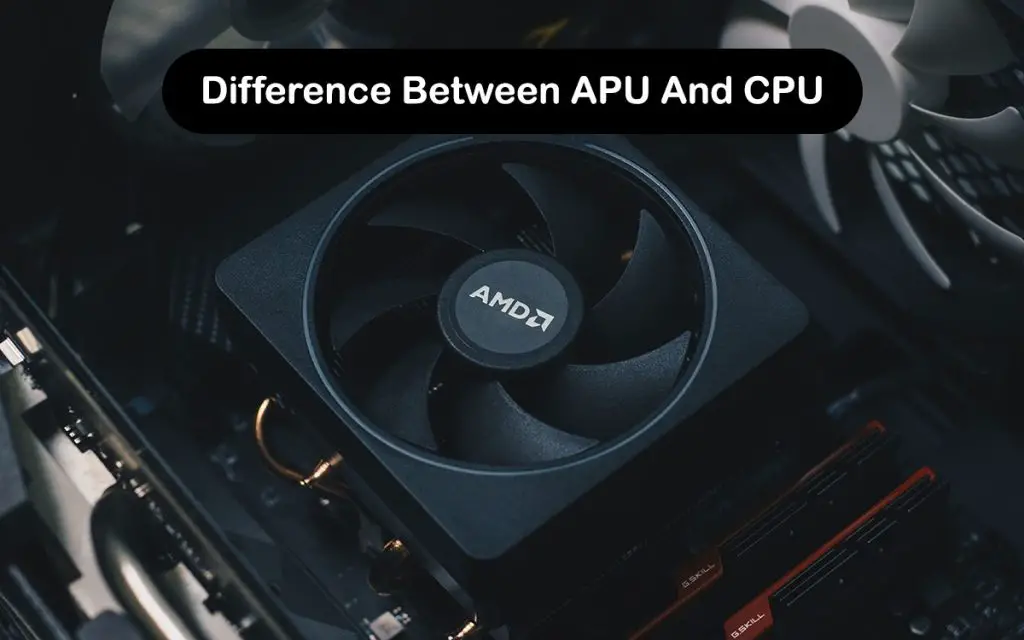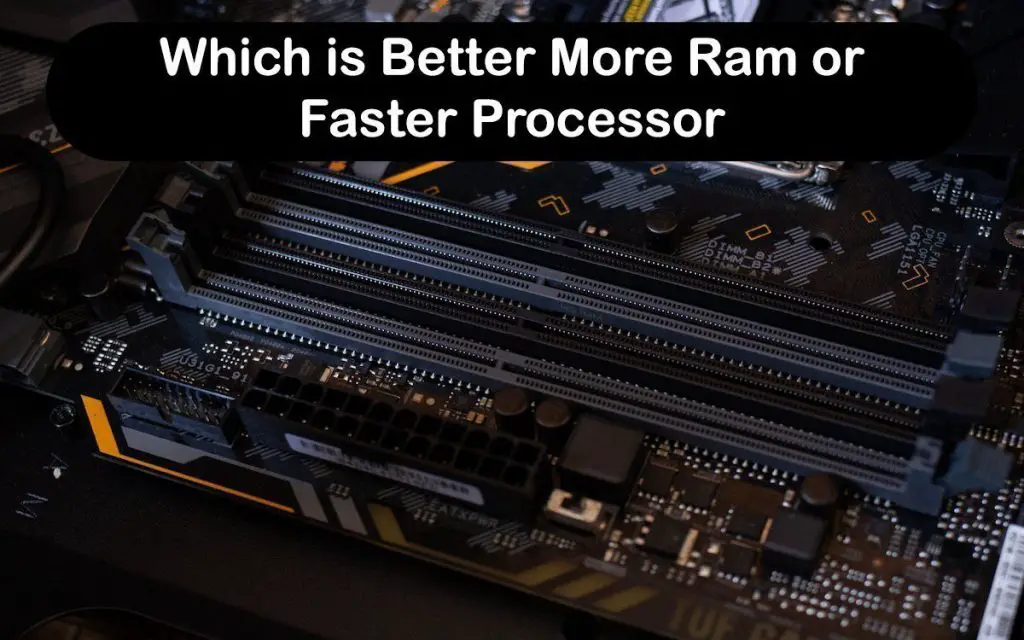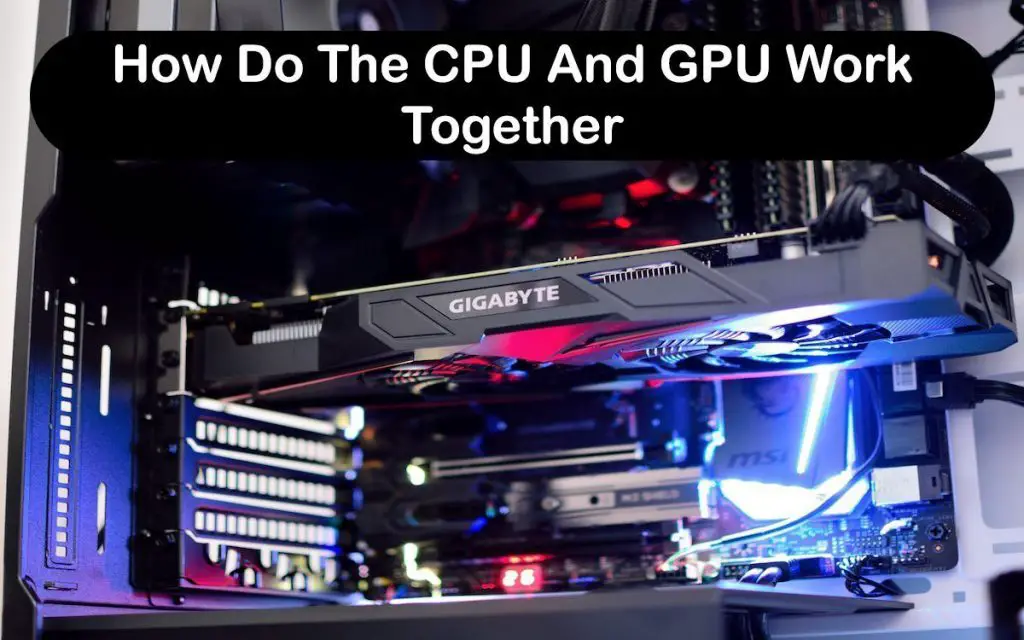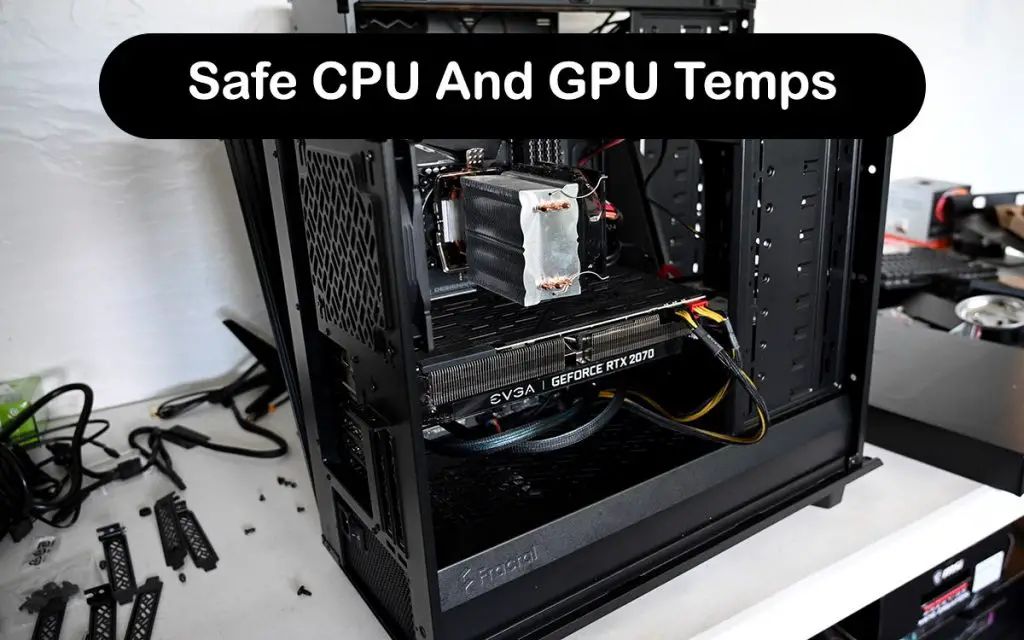The processor that sits at the heart of your computer typically comes in two main forms: CPU and APU. The CPU is short for the central processing unit. and the APU is short for AMD accelerated processing unit. But what is the difference between APU and CPU?
The term “APU” is used only by AMD. It is also called Fusion, which might be a more descriptive name. An APU is a combination of a CPU and GPU on a single die. Intel also has comparable technology. Intel calls their solution “integrated HD graphics”, which means that there is a GPU on the processor in addition to the CPU.
APUs are used in both computers and consoles. The older Sony PlayStation 4 and Microsoft Xbox One both used AMD’s APUs in place of dedicated graphics cards. The new PlayStation 5 and Xbox Series X also use new, custom APUs that are very different from PC APUs.
So, what’s the difference between APU and CPU in computers? Which one should you get? What are the benefits and drawbacks of each? By reading this article, you will learn the answers to these questions.
Difference Between APU and CPU
The main difference is that the APU has a GPU built into it in addition to the CPU. Another difference is that most APUs support only PCIe x8 rather than x16. This is because the channels are split between the slot and the APU. However, this might not have any impact whatsoever on your graphics card performance.
Concerning that, you can use a dedicated graphics card with your APU. This makes APUs a great choice if you are building a PC but do not have enough money to get a GPU at the moment. You can buy an APU and use the new computer and even play games on it before you get a graphics card. With AMD’s new Ryzen APUs, some light gaming is also possible. You can also overclock the GPUs for even more performance.
Since APU’s GPU has to share the system RAM with the CPU, having plenty of RAM can improve the performance. But if you are someone who just needs a basic computer for some basic tasks and maybe an occasional eSports gaming session, then you do not even need a dedicated graphics card. Just buy an APU that suits your needs and you are good to go.
When it comes to Intel’s integrated HD graphics, they do not perform as well as AMD’s APUs. Most Intel CPUs have an integrated GPU, which is a nice bonus for more flexibility. However, Intel CPUs that have a “K” or “X” in their name do not have them.
AMD APU’s have integrated Radeon graphics, which outperform Intel HD graphics by a huge margin. You can also buy an AMD CPU if you do not need the integrated GPU. Remember that APUs are more cost-effective and use less power. But the aforementioned lack of PCIe x16, as well as the fact that most APUs perform slightly worse than CPUs in computational tasks, means that you are making some sacrifices when going with an APU over a CPU.
The flexibility that APUs offer is hard to beat, though. CPUs are great if you are a serious gamer and want to get the best performance, but APUs offer more flexibility. Nonetheless, CPUs do not have to make room for an integrated GPU so they can utilize the space and other assets to maximize processing power.
Conclusion
So, what’s the difference between APU and CPU? The main difference is that an APU combines a CPU and GPU into one package. It usually has slightly less power than an equivalent CPU, but the integrated GPU means that you do not have to buy a separated graphics card to make it work. APUs also consume less power. The AMD APUs are more powerful than Intel’s integrated HD graphics thanks to the Radeon GPUs found in them.
You should go with an APU if you do not plan to buy a graphics card and only need a computer for basic tasks and some occasional gaming or do not have enough money to buy a graphics card at the moment. However, a CPU is usually a better option in terms of performance and value when combined with a dedicated graphics card.





